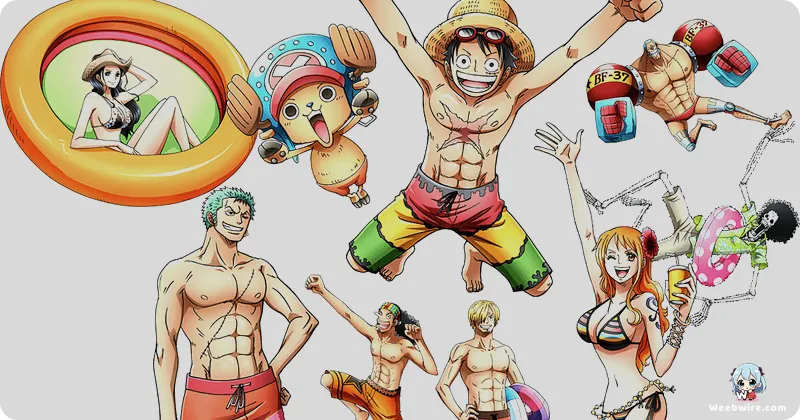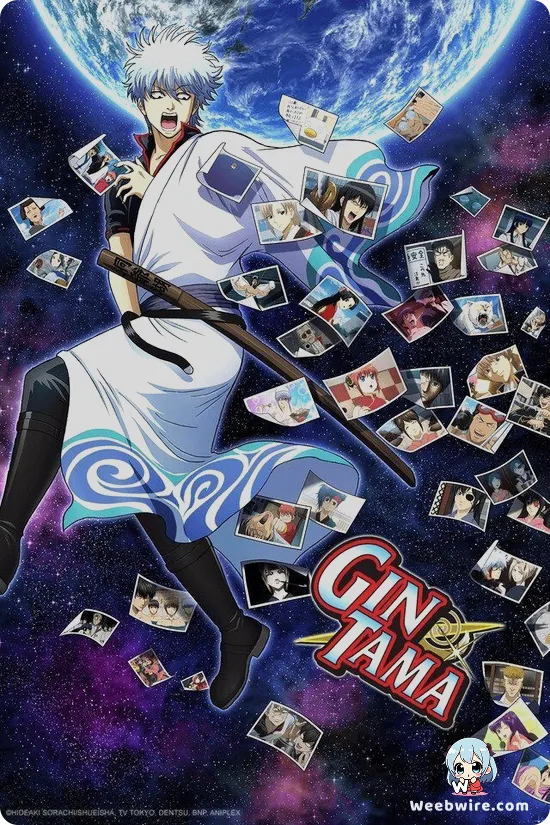One Piece: Unearthing Eiichiro Oda's Hidden Lore and Behind-the-Scenes Secrets

For over two decades, Eiichiro Oda's epic saga, ONE PIECE, has captivated a global audience, establishing itself as a cornerstone of modern manga and anime. Far more than just a tale of pirates, it's a meticulously constructed universe brimming with unforgettable characters and profound themes. Beyond its well-known grand adventures, the series is packed with fascinating, often overlooked details and behind-the-scenes trivia that further enrich the experience for both veteran fans and newcomers alike. These lesser-known facts underscore the genius of Oda's storytelling and the immense dedication poured into this monumental work.
One of the most surprising facts concerns Eiichiro Oda's initial vision: he famously intended ONE PIECE to run for only five years. This revelation often leaves fans in awe, considering the series has now spanned over 25 years, a testament to the organic growth of its world as Oda found new avenues to explore.
Monkey D. Luffy's iconic scar beneath his left eye also holds an intriguing origin. In the manga's earliest chapters, a young Luffy deliberately stabs himself to prove his courage to Shanks. However, certain anime adaptations sometimes depict the scar's origin more ambiguously, subtly altering this foundational moment.
Roronoa Zoro, the Straw Hats' formidable swordsman, carries a fascinating hidden detail in his name. "Roronoa Zoro" is a direct homage to the real-life 17th-century French pirate François l'Olonnais, known for his ruthlessness. Oda's choice adds a subtle layer of historical grounding to the fantastical world of ONE PIECE.
Sanji, the Straw Hats' suave cook, possesses a unique visual quirk: his curly eyebrows. His right eyebrow curls clockwise, while his left curls counter-clockwise, creating a distinct, almost symmetrical swirl. This small detail has sparked numerous fan theories about its potential significance.

The concept of Devil Fruits is central to the ONE PIECE world, granting incredible powers at a steep cost: the inability to swim. Oda has created hundreds of unique powers, each with strengths and weaknesses, contributing immensely to unpredictable battles. The limitations, like being unable to swim, make these powers feel more grounded.
Beyond the main cast, ONE PIECE is famous for its myriad of background characters and Easter eggs. One of the most beloved is Pandaman, a masked wrestler-like character spotted in crowd scenes, parades, and wanted posters. He serves no narrative purpose but has become a fun, recurring challenge for eagle-eyed fans.
The global impact of ONE PIECE is solidified by its Guinness World Record. In 2015, the manga was recognized for "Most copies published for the same comic book series by a single author," having sold over 320 million units. This record has since been broken multiple times by ONE PIECE itself, with sales now exceeding 500 million copies globally, highlighting its unparalleled popularity.
Eiichiro Oda's dedication to his craft is legendary. He maintains an incredibly rigorous work schedule, often sleeping only a few hours a night to meticulously craft each chapter. His unwavering passion for ONE PIECE is a key factor in the series' consistent excellence over decades.
Finally, for fans speculating about the ultimate treasure, the "One Piece" itself, Oda has offered a crucial clarification: it is a tangible, physical treasure, not merely a metaphorical concept. This assurance has kept the mystery alive and fueled fan theories, ensuring the grand quest remains as captivating as ever.
These fascinating insights from Oda's evolving vision and subtle character details to its global recognition and the author's legendary work ethic collectively deepen appreciation for this monumental work, revealing the layers of thought, creativity, and dedication that have made ONE PIECE a true cultural phenomenon.
Credits
ONE PIECE
Author
Eiichiro Oda
Cover Art
Eiichiro Oda
Studio
Toei Animation
Publisher
Shueisha
Producers





